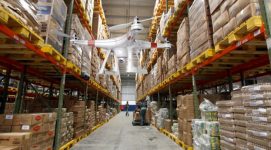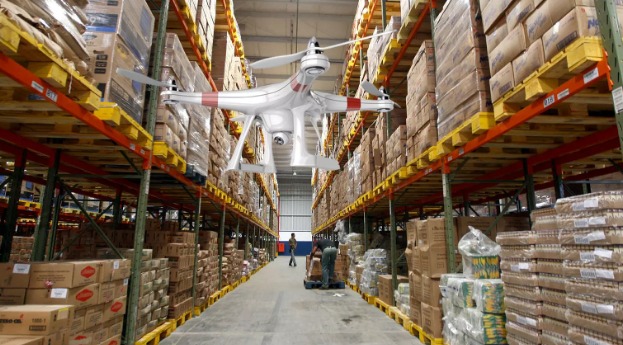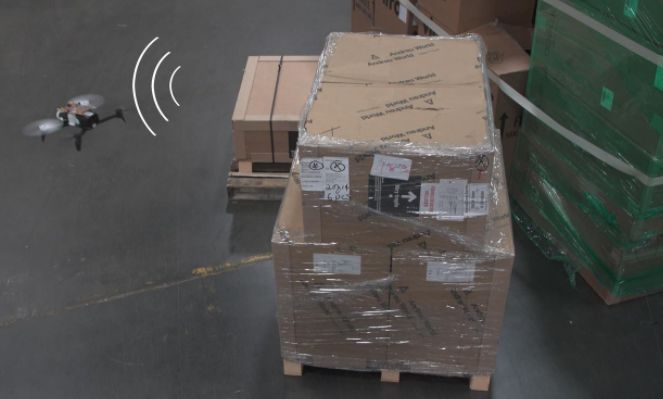
What kind of sparks will RFID technology and drones create
[ad_1]
As the application of RFID technology becomes more and more extensive and more and more applications in life, the combination of UAV and RFID technology will greatly improve the degree of intelligence of UAVs. In addition to delivery, drones play a role in many applications, enabling drones to read data during flight.
The California Institute of Technology (Cal Poly) research project found that drones using RFID readers can read tags attached to steel drills or public pipes with 95% to 100% accuracy. Oilfields usually need to store thousands of pipe fittings (steel pipes used in drilling operations). These pipe fittings are stored in different areas of the oilfield, so inventory management is a very time-consuming task. Using RFID technology, when the RFID reader is within the range of the electronic tag marked item, it can be read.

However, in a large storage site, it is not realistic to deploy fixed readers, and it is also time-consuming to regularly use handheld readers to read. By attaching RFID electronic tags to dozens of pipe caps or pipe insulators, UHF reader-mounted drones can usually read passive UHF RFID tags at a distance of about 12 feet. This solution not only solves the errors that are prone to manual management, but also greatly improves work efficiency. However, in large storage areas, the customer needs to arrange a dedicated person to “look after” the drone in order to replace the battery in time.
The MIT research team has achieved more convenient inventory search by combining RFID technology and drones. Compared with barcodes, the information contained on RFID electronic tags can be more widely and easily changed, and it is also cheaper.
UAVs equipped with RFID card readers can replace the characters in inventory and complete the work faster with less trouble. A person needs a ladder or elevator to enter the tall box, which can be easily reached by a drone. The drone can be programmed to independently navigate the space, and they are more accurate and efficient than performing large-scale repetitive tasks than manual tasks. Better management.

By equipping the drone with a tiny relay, it acts like a Wi-Fi repeater. The drone receives the signal sent from the remote RFID reader, and then forwards it to read nearby electronic tags. Because the relay is small, it means that a smaller drone can be used, plastic parts can be used, and it can be adapted to a narrow space without the risk of personal injury. This not only eliminates additional RFID readers, but also allows Small drones do the same job as large drones.
The perfect combination of RFID technology and drones can control inventory and coordinate supply chain information. RFID drones have greatly improved the work efficiency of staff, greatly reduced labor costs, optimized inventory levels, and tracked assets and other management and control links. FRID drones can replace part of the manpower to complete the warehouse inventory work, especially when the goods are placed on high shelves, then it is more convenient and faster to use drones to inventory the goods. In some bad links, there are high temperature or dangerous spaces. It will also be safer to complete tasks with humans and machines.
[ad_2]



